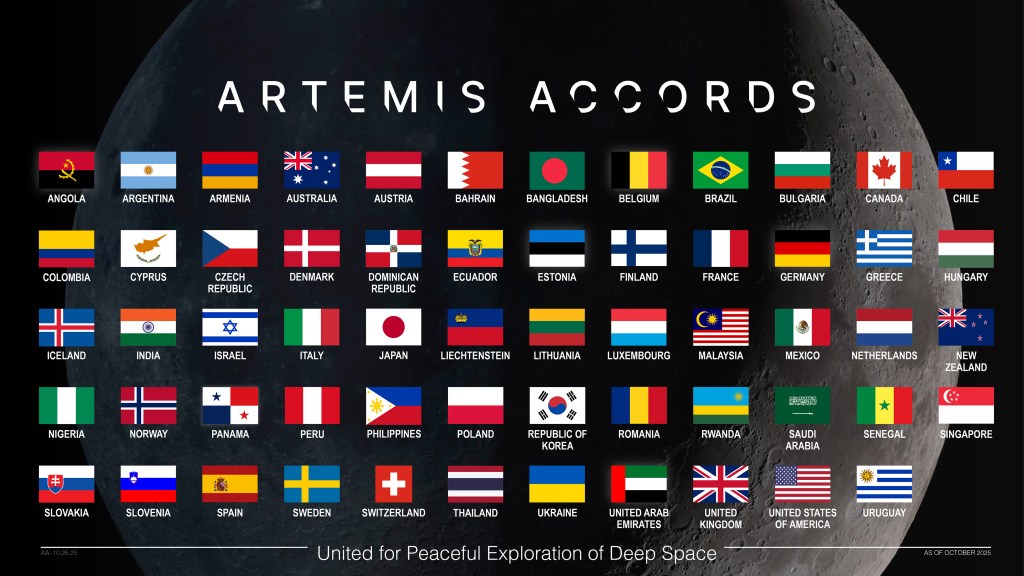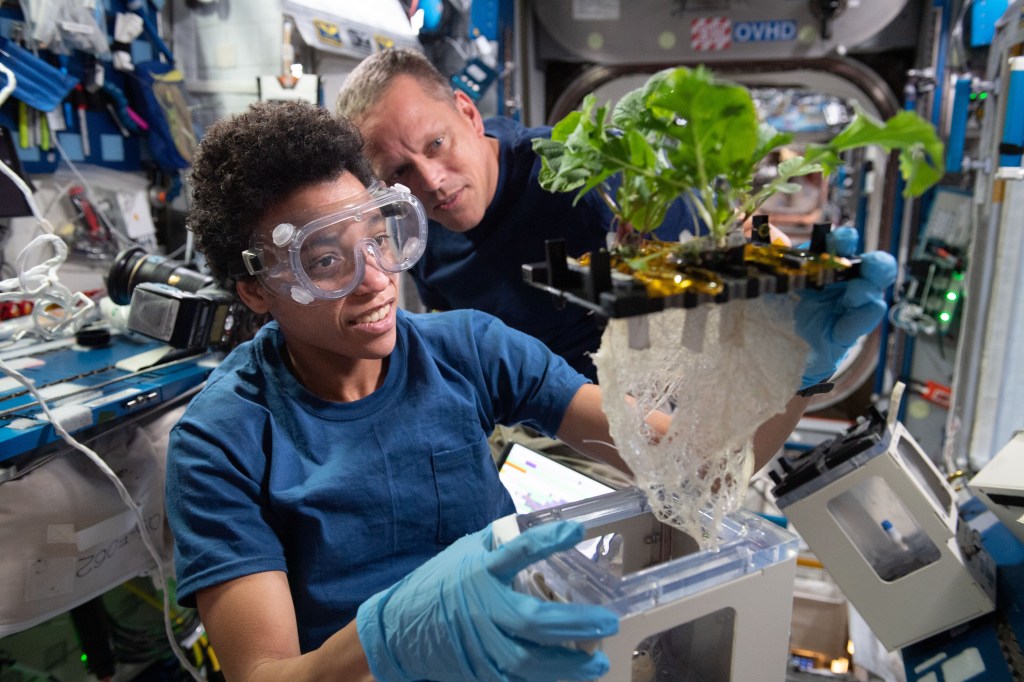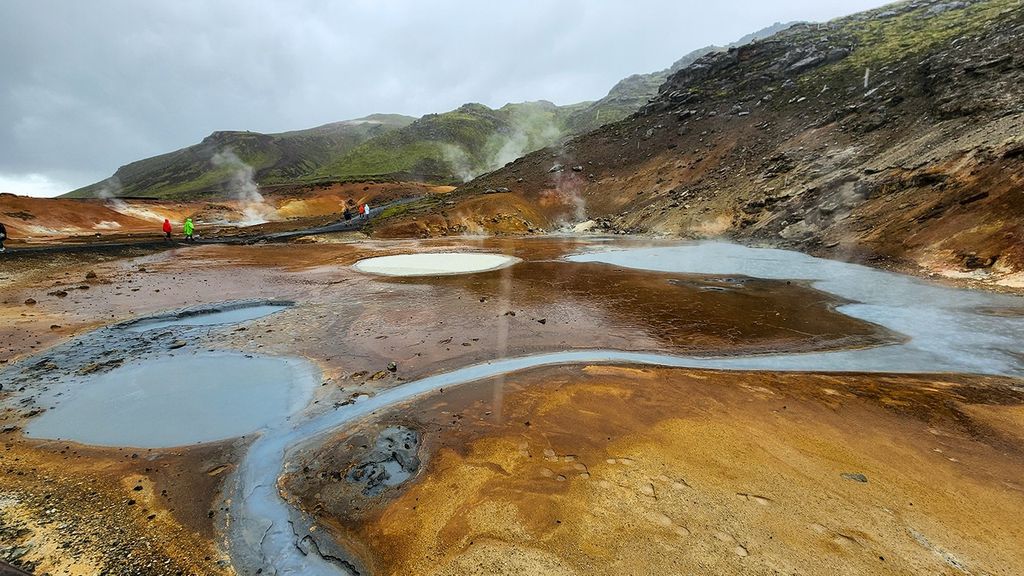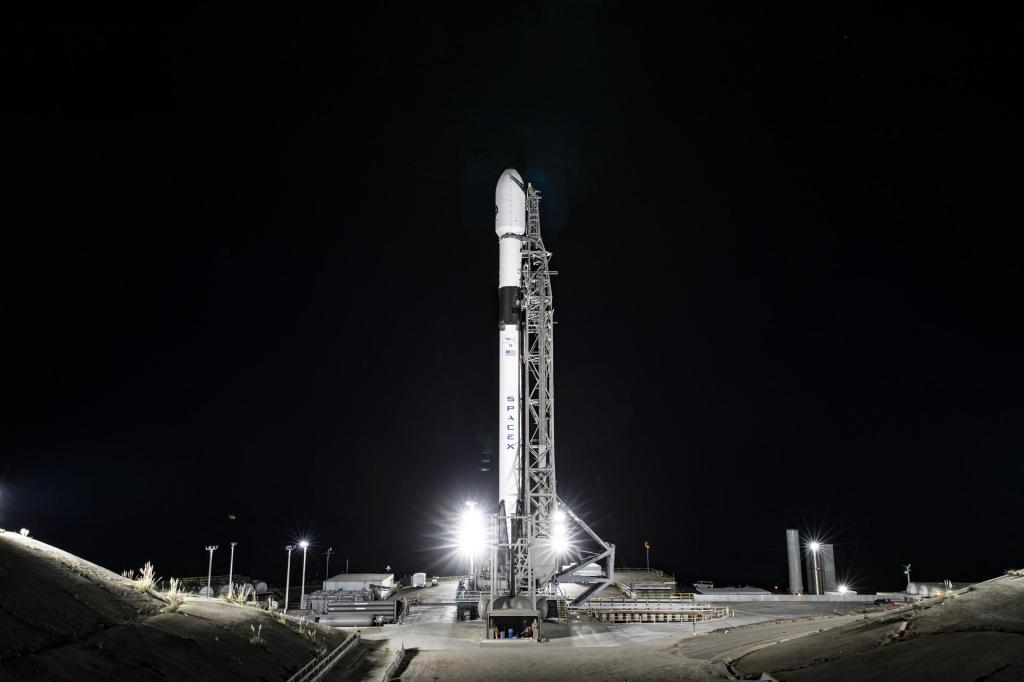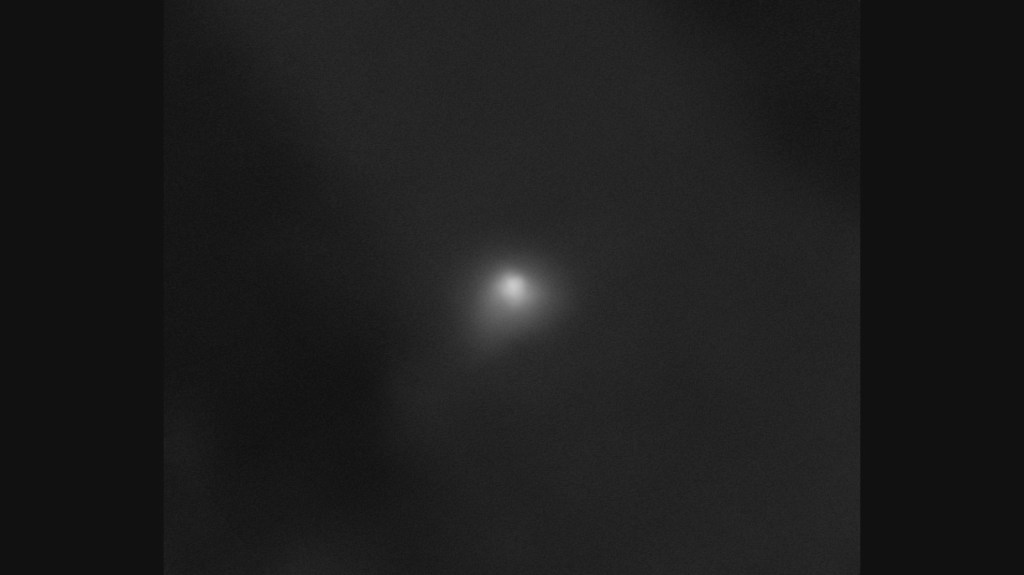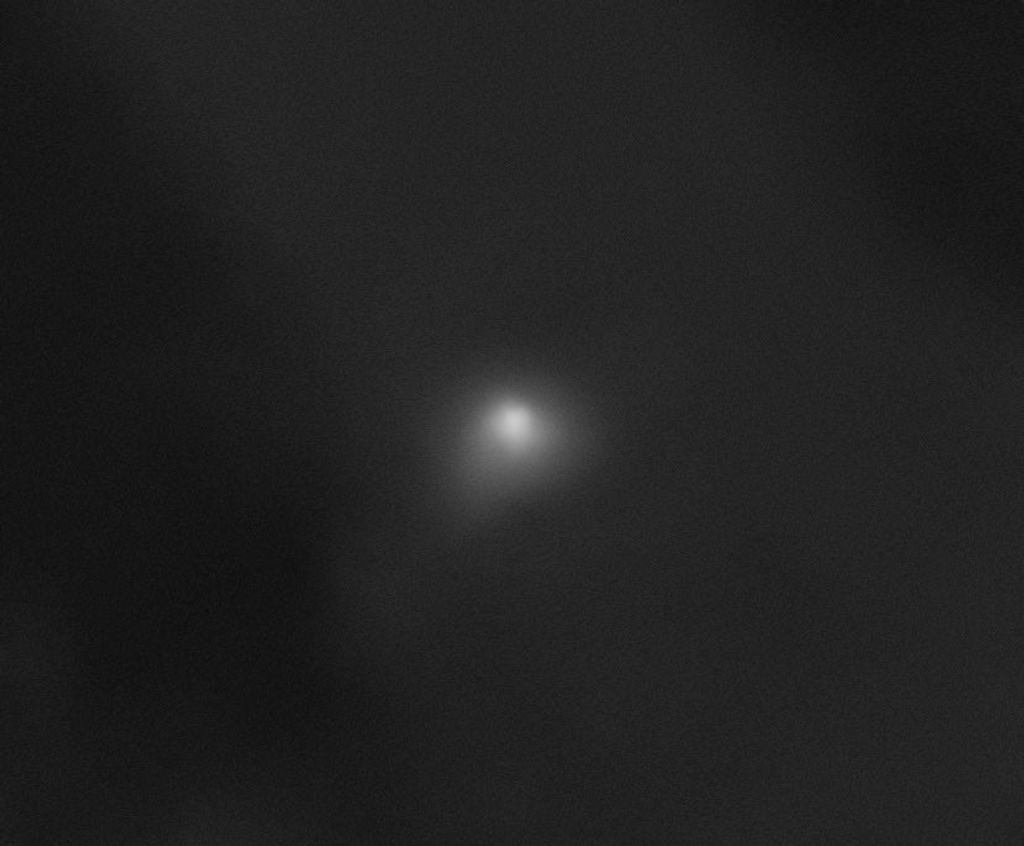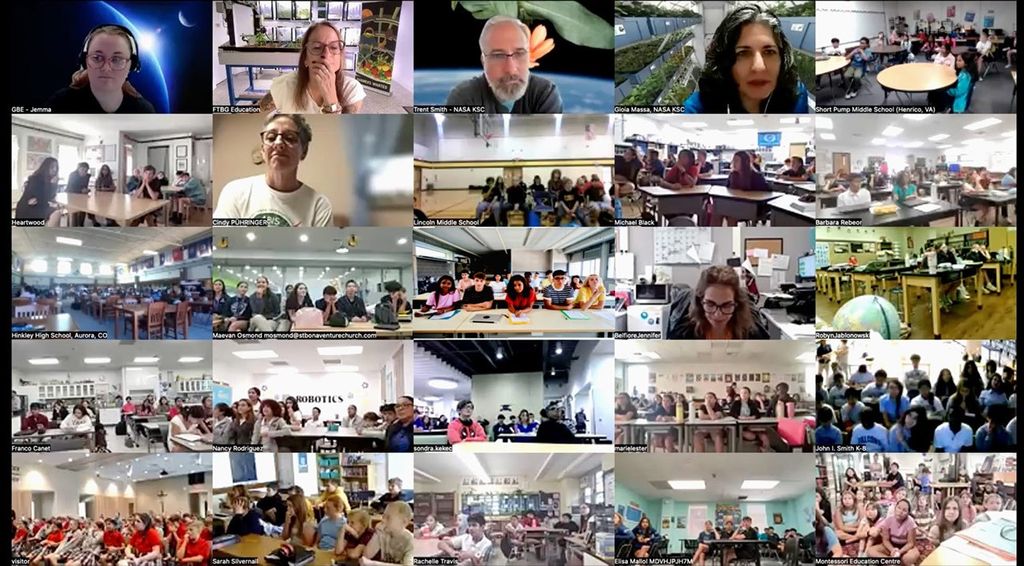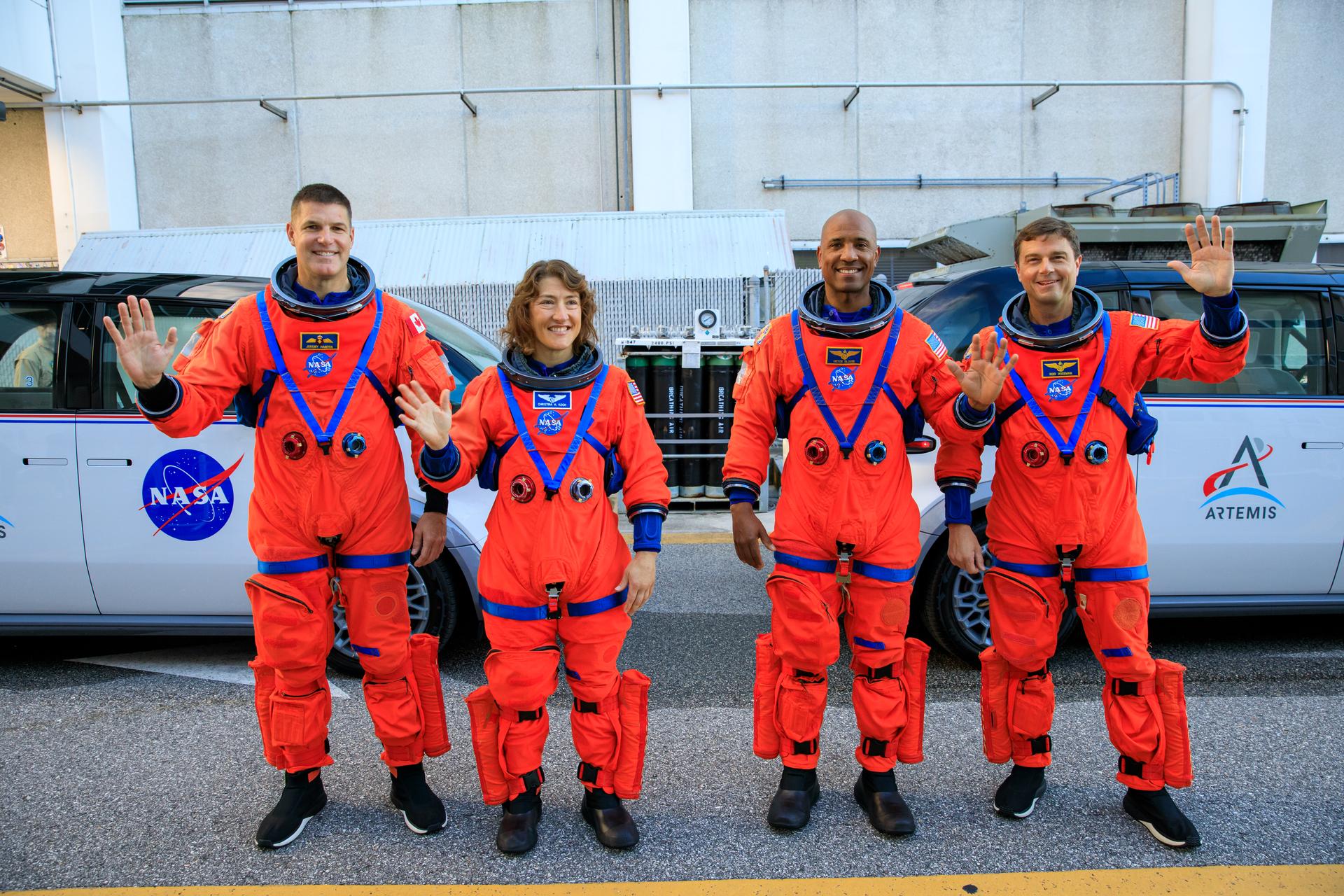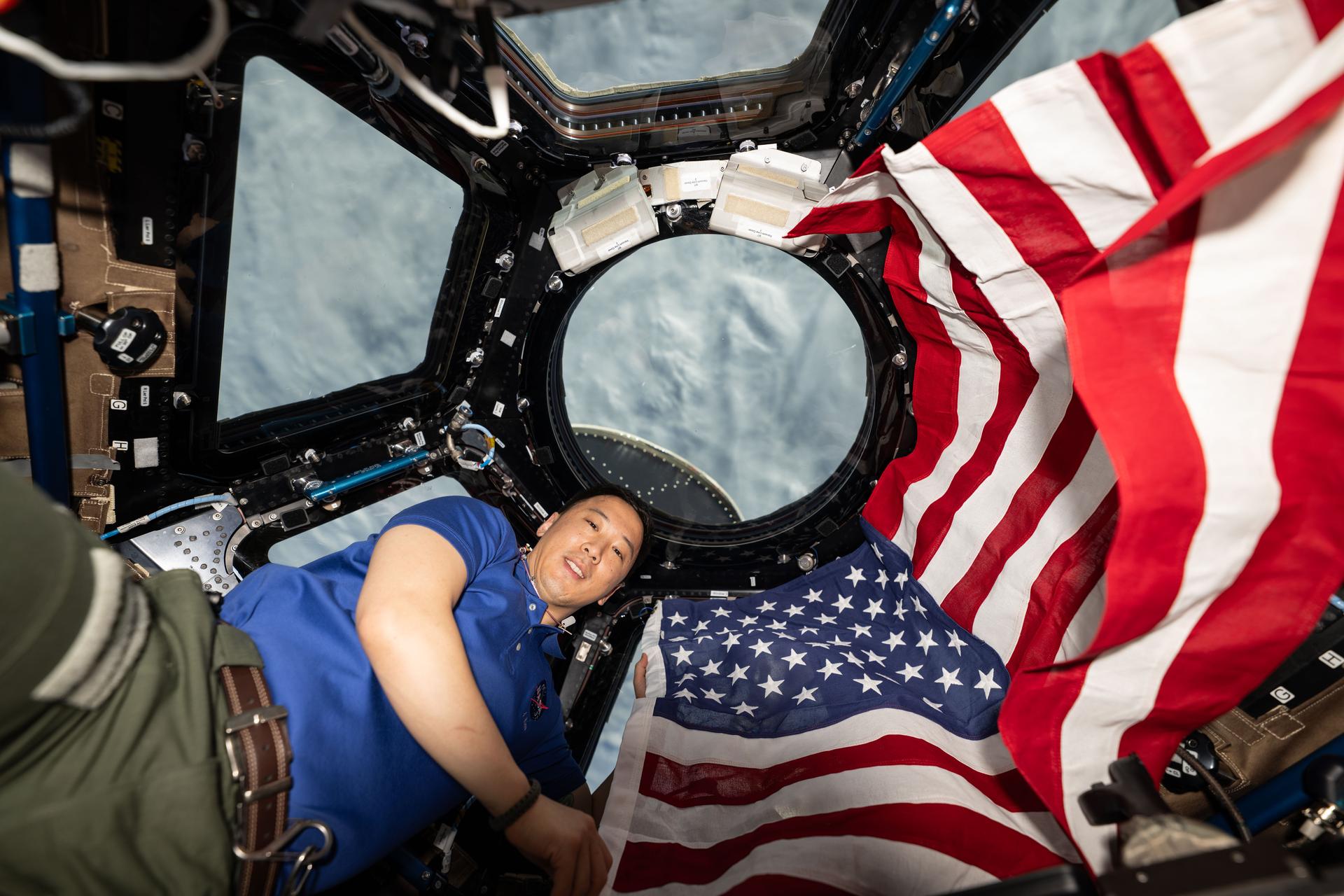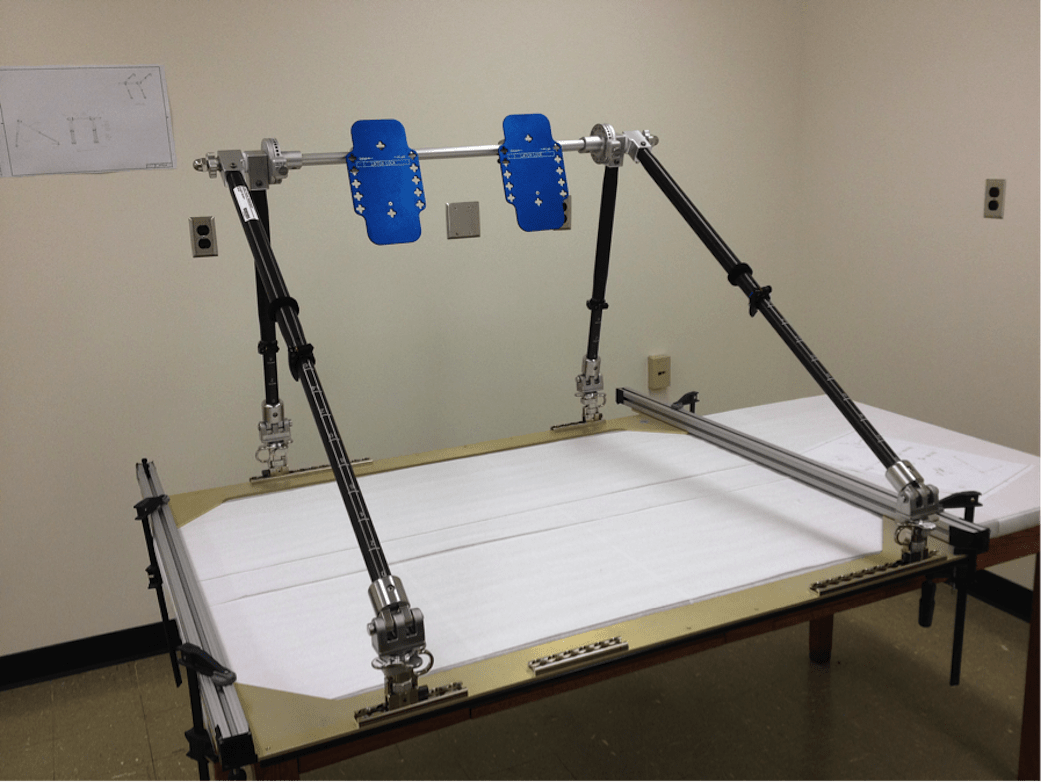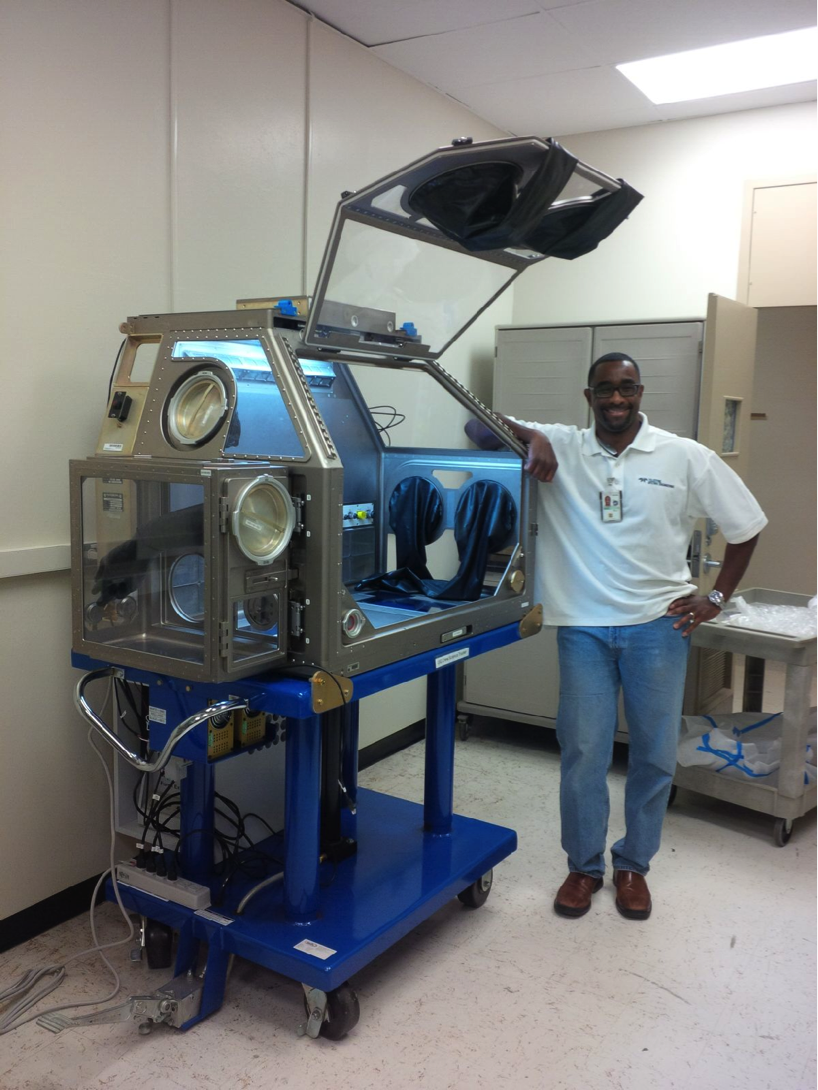
The Life Sciences Glovebox (LSG), destined for the International Space Station via SpaceX’s Falcon 9 rocket in early 2018, will be outfitted with LSG Crew Restraint hardware to facilitate Life Sciences experimental research.
LSG is a sealed work volume planned to be located in the Japanese Experiment Module (JEM). It will enable the crew to perform detailed scientific investigations and analyses in an environment that prevents exchange of biological material between the Glovebox and the crew cabin.
Engineers in the Engineering Systems Division at Ames Research Center designed and developed the LSG Crew Restraints to position the primary and secondary crew members in the proper ergonomic posture while performing experimental procedures in cell, insect, aquatic, plant, and animal developmental biology. Astronauts use the restraints, which attach to neighboring ISS racks, by strapping their feet to the blue foot plates with Velcro straps.
In addition to their work on the Crew Restraints, Ames engineers also refurbished the LSG Crew Science Trainer and the Payload Development Unit. The Crew Science Trainer was delivered to Johnson Space Center to be used for training astronauts on the science procedures to be performed in the LSG. The Payload Development Unit remains at Ames for use in the development of payload hardware used in the LSG and for proving out crew procedures that will be used at JSC with the Crew Science Trainer.
The Crew Restraint is planned to be delivered to the Space Station in 2018 along with the LSG currently being developed at Marshall Space Flight Center.
Image Credit: NASA/Mark Mallinson


